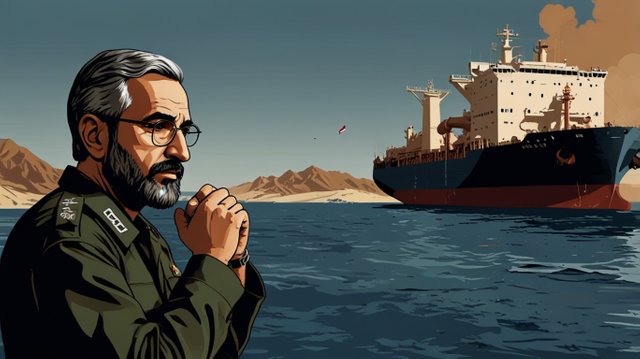Will the US bombing of Iran’s nuclear sites spark a nuclear war?
As of June 2025, the U.S. airstrikes on Iran’s nuclear facilities — conducted in coordination with Israel — mark one of the most serious escalations in the region in years. But despite the gravity of this move, a full-scale nuclear war does not appear to be imminent. Instead, what we’re seeing is a high-risk attempt to neutralize Iran’s nuclear program before it crosses the red line.
The U.S., with Israeli support, struck three key nuclear sites: Fordow, Natanz, and Isfahan. President Trump called it an effort to “completely obliterate” Iran’s enrichment capabilities. Intelligence had warned that Iran could enrich enough uranium for multiple weapons in a matter of weeks — so this operation was framed as a preemptive strike, not a declaration of war.
Importantly, these were precision military strikes, not aimed at toppling Iran’s government or hitting civilian infrastructure. The U.S. made clear it wasn’t trying to destabilize oil markets or start another endless war — the focus was Iran’s nuclear capability, not its people or economy.
Even if nuclear war isn’t the immediate next step, things could spiral fast.
Iran has vowed retaliation. That could mean cyberattacks, targeting U.S. bases in Iraq or Syria, or blocking the Strait of Hormuz — a move that would shake global oil supplies. Some analysts expect limited retaliation to save face and open space for diplomacy. Others fear a major response that draws in multiple countries.
This is where things get dangerous. One miscalculation — a mistaken radar blip, a rogue missile — and a local skirmish could turn into a wider war. That’s always the fear in modern conflict: not intention, but escalation.
In the U.S., public sentiment is clear: Most Americans don’t want another war in the Middle East. A recent poll shows just 16% support direct military involvement. But at the same time, over 80% agree Iran must not be allowed to go nuclear. That tension — between avoiding war and preventing proliferation — is exactly what shapes Washington’s cautious yet forceful approach.
Globally, the response has been sharp. From Europe to the UN, world leaders are calling for calm, diplomacy, and de-escalation. Many see the strikes as a violation of international norms, even as they quietly acknowledge the danger of a nuclear-armed Iran.
Here’s a truth many experts won’t say out loud: we don’t really know how nuclear escalation plays out.
Models exist. Scenarios are run. But when things get this heated, even veteran diplomats and generals can’t predict the outcome. Some say the risk of all-out nuclear war is tiny. Others say it’s uncomfortably plausible.
The bottom line? The world is on edge, and while no one wants a nuclear conflict, all it takes is one misstep to change history.
The U.S. bombing of Iran’s nuclear sites is not about starting a war, let alone a nuclear one. It’s a calculated — and risky — attempt to prevent one down the line. But in doing so, it’s pushed the region closer to the brink.
This is a critical moment for backchannel diplomacy, international pressure, and cool heads. The next few weeks will be decisive — not just for Iran and the U.S., but for the stability of the entire region.
